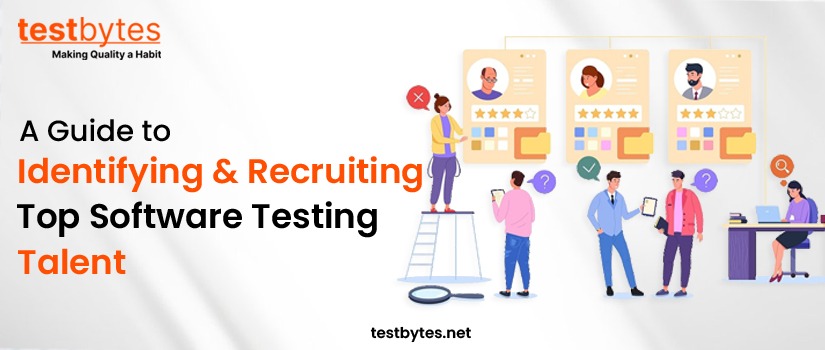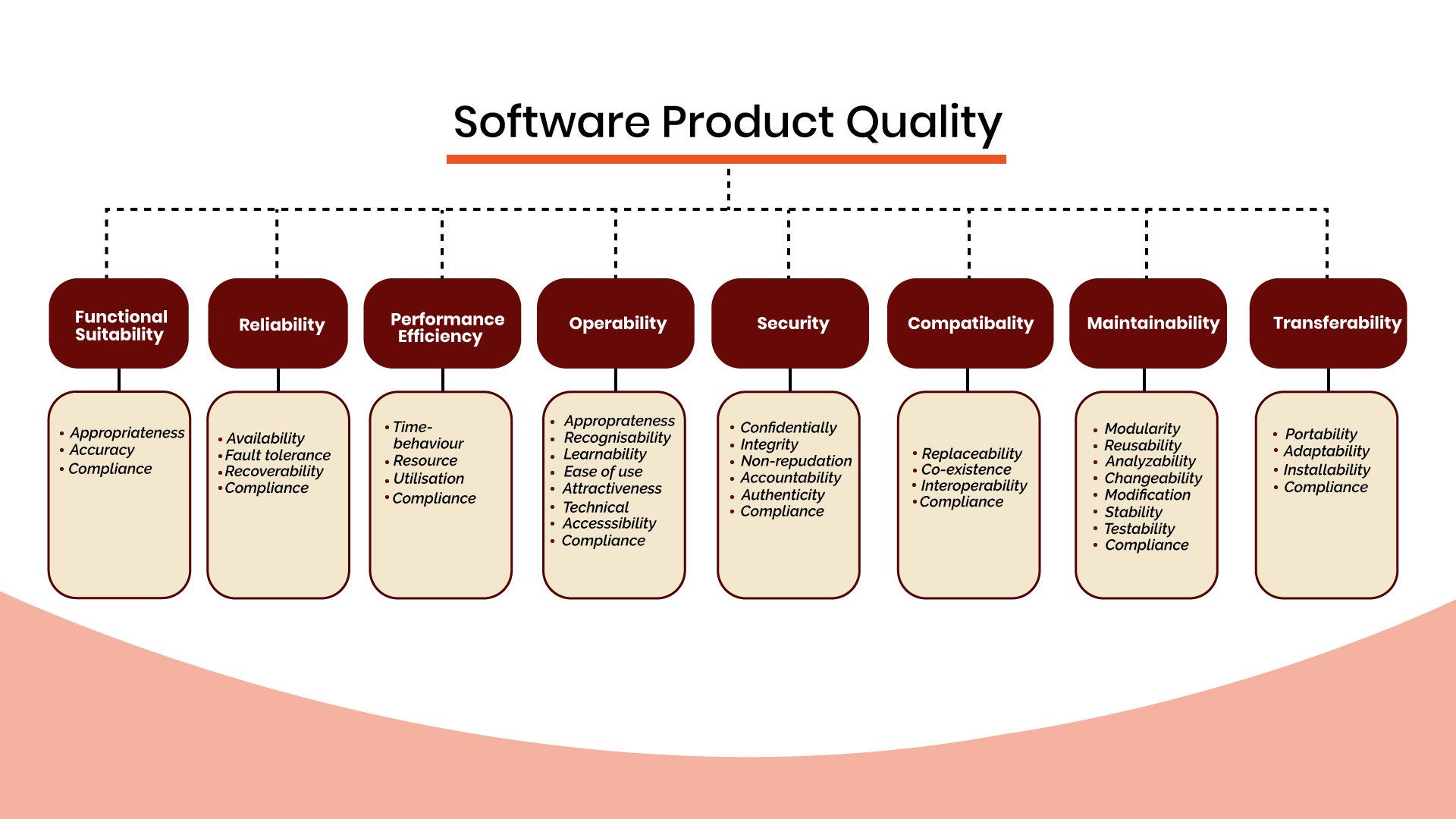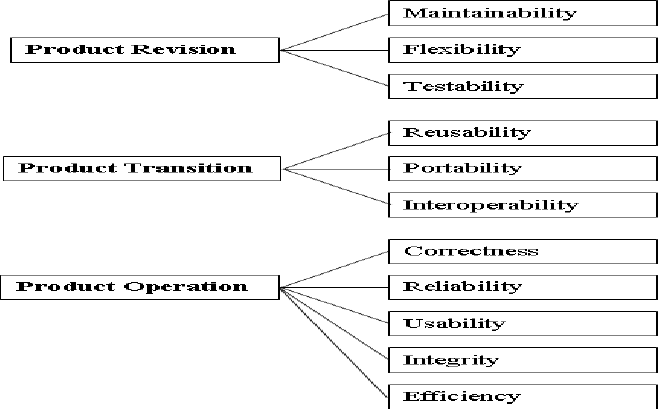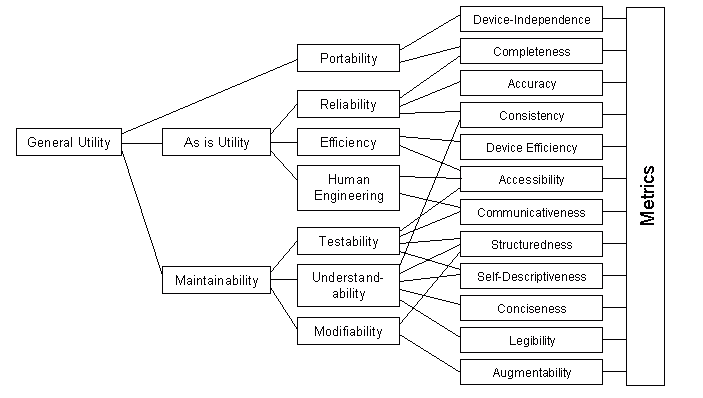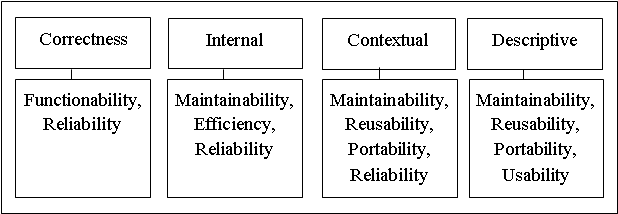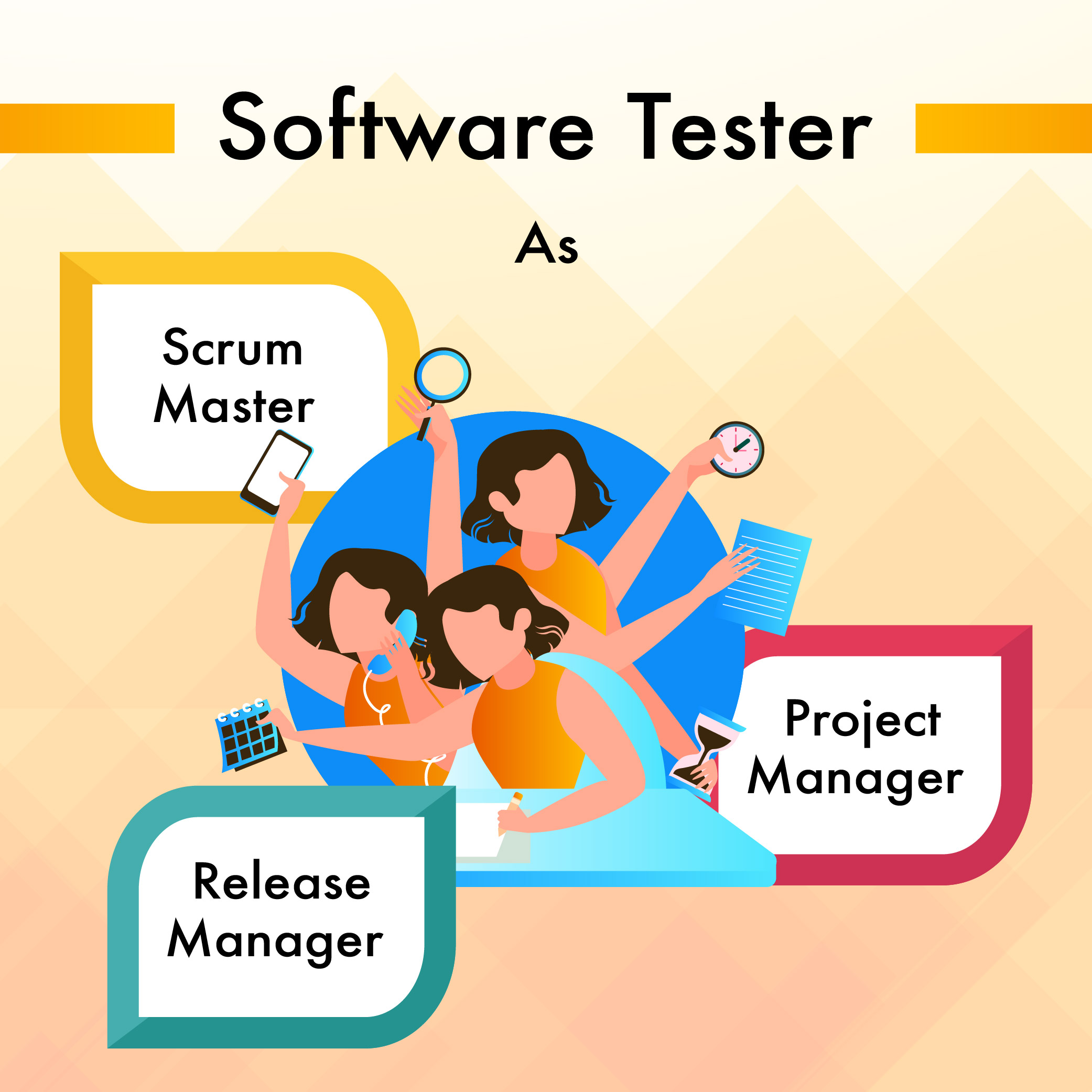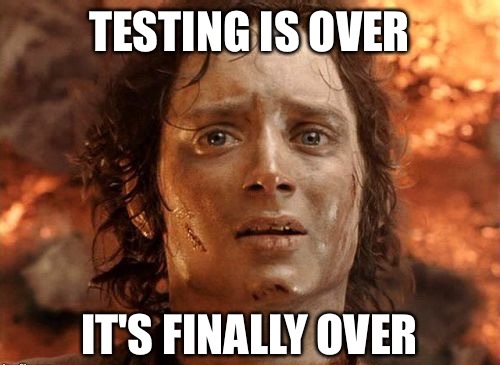Software bugs are an inevitable part of the software development lifecycle. However, their impact can be significant, leading to downtime, performance issues, security vulnerabilities, and ultimately lost revenue and customer trust.
Here’s a look at the latest data on the cost of fixing bugs in production in 2023:
Estimated Costs:
- Globally: The total cost of software bugs is estimated to be $2.08 trillion annually, according to a study by the Consortium for Information and Software Quality (CISQ). This represents a significant increase from previous estimates.
- United States: In the US alone, the cost of bugs is estimated to be $607 billion annually, according to Herb Krasner’s report, “The Cost of Poor Software Quality in the US.”
- Per Bug: The average cost to fix a bug in production can range from $1,500 to $10,000, depending on the severity and complexity of the issue.
The Crucial Role of Software Testers
Preventing Bugs:
- Identify & fix issues early: Skilled testers find bugs before release, saving time & money.
- Extensive testing: Thorough testing across various platforms & scenarios minimizes issues.
- Proactive approach: Early identification prevents major product failures & data breaches.
Cost Savings:
- Reduced bug fixing costs: Finding problems early avoids expensive fixes later in development.
- Downtime minimization: Fewer bugs mean less downtime and lost revenue.
- Enhanced product quality: Improved software leads to higher customer satisfaction and loyalty.
Brand Protection:
- Minimized security risks: Effective testing detects and mitigates security vulnerabilities.
- Reputation management: Quality software protects your brand image and builds trust with customers.
- Increased customer satisfaction: Bug-free software leads to a positive user experience and brand reputation.
Additional Benefits:
- Improved software functionality: Testing ensures features work as intended and meets user needs.
- Enhanced development efficiency: Early bug detection reduces rework and streamlines development.
- Competitive advantage: High-quality software provides a competitive edge in the market.
The Global Hiring Dilemma: Finding Top Software Testers
Employers around the world are finding it extremely difficult to locate and hire qualified software testers. This hiring conundrum affects companies of all sizes and sectors; it’s not just a minor inconvenience.
For instance, the growth of fintech. Just take a look at the fintech industry. The need for qualified testers to verify the stability and security of cutting-edge financial apps and platforms is growing. However, the small pool of competent testers is finding it difficult to keep up, which could result in security risks, delays, and compromises.
Real-World Difficulties:
- Skill Gap: There is a discrepancy between testers’ current skill set and what the industry needs because of how quickly technology is developing.
- Competitive Environment: Renowned tech firms and upstarts are fiercely competing for the same talent, driving up wages and making it harder for smaller businesses to survive.
- Geographic Restrictions: In emerging markets or remote areas, traditional hiring practices frequently restrict access to a wide range of talent pools.
Beyond Boundaries: Investigating Remedies:
Businesses are currently looking into a number of options to get past the hiring conundrum, such as:
- Outsourcing: You can get access to qualified workers at reasonable prices by collaborating with specialized testing companies in nations with robust labor pools.
- Upskilling and Reskilling: You can close the skill gap and build a pool of future testers by funding internal training initiatives or partnering with academic institutions.
- Hiring remotely: By adopting remote work policies, businesses can access a worldwide talent pool without regard to location.
- Emphasizing Soft Skills: Although technical proficiency is essential, employers are increasingly seeking testers with strong interpersonal, teamwork, and problem-solving abilities.
A Collaborative Approach:
The global software testing landscape faces a crucial challenge: a limited talent pool against a rising demand for skilled testers. To address this, a collaborative approach is necessary, involving different stakeholders within the SDLC. This includes fostering cross-team communication for joint test planning and execution, promoting shift-left testing, and sharing knowledge and skills between developers and testers.
Additionally, collaboration with academic institutions can ensure industry-aligned curricula, internship opportunities, and research partnerships. Furthermore, government bodies can incentivize training programs and promote international cooperation. By embracing this collaborative approach, we can build a future with readily available skilled testers, contributing to higher quality software, enhanced customer satisfaction, and a thriving global market
Introducing Testbytes: Your Strategic Ally in Talent Acquisition and Staffing Solution
At Testbytes, we redefine the landscape of software testing talent acquisition. As a distinguished leader in the industry, our mission is to empower businesses with the right testing professionals seamlessly and efficiently.
Why Testbytes? We pride ourselves on being at the forefront of providing innovative staffing and hiring services for software testers. Our commitment to excellence is reflected in our flexible staffing options tailored to meet the unique needs of your organization. Whether you require testers on an hourly, weekly, or monthly basis, Testbytes is your go-to partner for customized solutions.
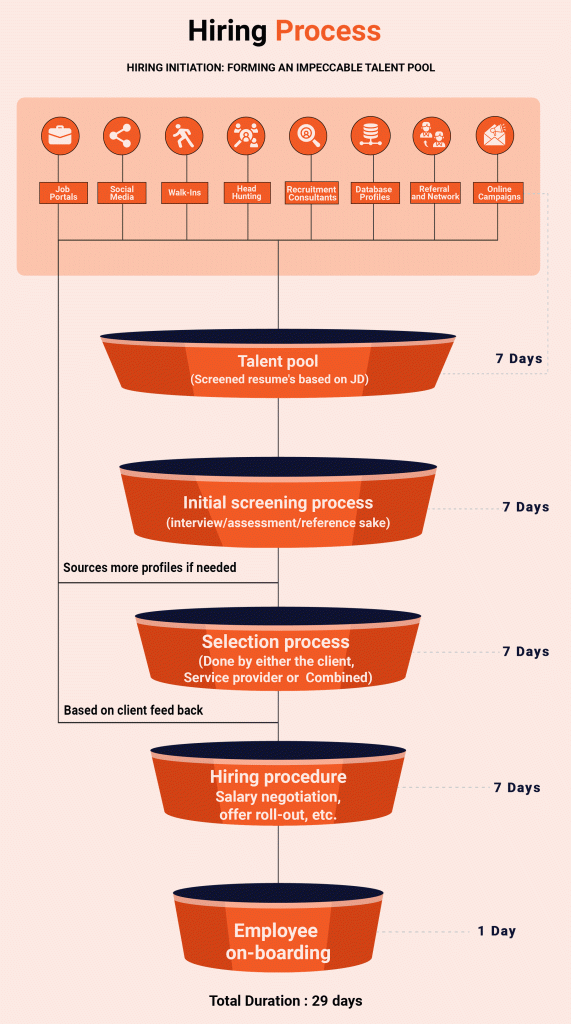
Flexible Staffing Solutions:
- Contract Basis: Opt for short-term commitments to meet project-specific needs without the burden of long-term commitments.
- Hourly Basis: Gain the flexibility of paying for testing services on an hourly basis, ensuring cost-effectiveness and efficiency.
- Weekly Basis: For projects that demand a slightly extended timeframe, our weekly staffing option provides a balanced solution.
- Monthly Basis: Enjoy a dedicated testing team on a monthly basis, ideal for ongoing projects and comprehensive testing requirements.
Finding and hiring skilled QA testers can be a daunting task. At Testbytes we understand your challenges and offer a comprehensive solution tailored to your specific needs.
Our Process:
- Talent Pool Formation: We leverage diverse sources to create a pool of qualified testers based on your job description. This includes job portals, social media, referrals, and our own database.
- Screening and Selection: Our team conducts interviews and assessments and checks references to ensure you receive the best talent. We work with you to define the selection process, ensuring you have the final say.
- Hiring and Onboarding: Once suitable candidates are selected, we handle the salary negotiations, offer letters, and onboarding process. You can rest assured knowing everything is taken care of.
- Skill Training: We provide continuous training to keep our employees’ skills up-to-date and ensure they meet your evolving requirements. This includes task-specific training, soft skills development, and industry knowledge updates.
- Rebadging: Our dedicated team ensures a smooth transition for rebadged employees with proper training, cultural integration, and ongoing support.
Our Services:
- Onsite Staffing: Testers or teams work directly in your organization, enabling close collaboration and deep integration.
- Offsite Staffing: Testers work remotely in our environment, utilizing our resources and infrastructure.
- Hybrid Staffing: A blend of onsite and offsite arrangements, offering flexibility and customized solutions.
Additional Benefits:
- Fast Recruitment Process: We source, screen, and onboard candidates within 29 days.
- State-of-the-Art Resources: We offer access to our advanced testing tools and automation frameworks.
- Multiple Devices: We test your software on a variety of real devices for comprehensive compatibility.
- Cost-Effective Solutions: Our flexible staffing options help you optimize your budget.
Experience the Difference:
Testbytes is your trusted partner in QA staffing and hiring. We take pride in our commitment to quality, transparency, and customer satisfaction. With our comprehensive services and experienced team, you can focus on your core business while we ensure the success of your software development projects.
